Large-scale modernisation of the Sidi Saad dam is intended to protect the population in the arid centre of Tunisia from sudden flooding and to ensure a controlled supply of water to the surrounding villages. Small farmers, fishermen and an agricultural cooperative, founded by women in rural areas, will benefit from the project.
The Sidi Saad water reservoir safeguards the future of the surrounding population (KfW Group/Christian Chua and Thomas Schuch).
Seen from the dam, the Sidi Saad reservoir does not look like it has a problem. The issue lies at the bottom of the lake and is called sediment. Over the years, the reservoir has lost a third of its capacity of 210 million cubic metres because so much sand has accumulated on the bottom of the reservoir, which was built in 1982. Dredging would be too expensive, so the dam will now be modernised and raised as a long-term remedy. The structural stability of the 70-metre high dam allows an increase of up to five metres. This is expected to provide additional water volumes of between 100 and 120 million cubic metres. The loss would therefore be more than offset.
The Sidi Saad, which is one of the largest of Tunisia’s 30 reservoirs, serves as a lifeline. It retains water during phases of heavy rainfall and thus prevents flooding. Even during periods of drought, it can supply water to the population. Agriculture flourishes in this region only thanks to irrigation.
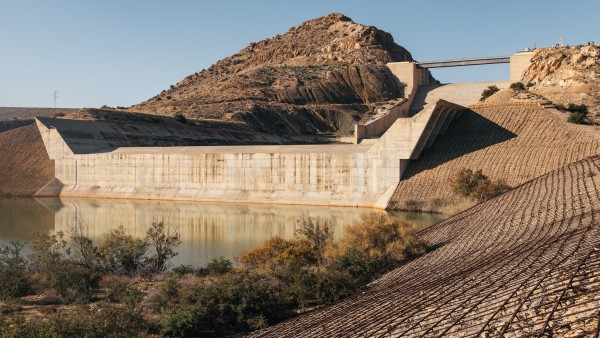
The Sidi Saad reservoir has lost capacity over the past decades. This will be countered by raising the dam.
Measures for a valuable resource
The raising of the Sidi Saad dam, which KfW is co-financing with up to 15 million euros on behalf of the German Federal Government, is thus part of the Rural Development with Integrated Water Resources Management programme (IWRM) launched by the Tunisian government.
Tunisia is one of the most arid countries in the world. In Germany, for example, almost three times as much rain falls on average than in the North African country. The distribution of rainfall also varies immensely. While annual rainfall in the north is around 1,500 millimetres, that figure is only 150 millimetres in the southern desert region. The idea of transporting water from the north to the country's centre, where most of the farming takes place, is at the heart of the IWRM programme. Relevant feasibility studies have been commissioned.
Other projects are running in parallel in an effort to facilitate more efficient use of the valuable water. For example, the flow rate of the extremely old Medjerda Canal, which supplies four million people with drinking water, is to be increased, and the loss of water in the government pipeline network is to be reduced by raising dams such as those in Sidi Saad.
Read more under the image gallery.
The people at the Sidi Saad reservoir
Sidi Saad is one of the largest of Tunisia’s reservoirs. Olive growers like Selma Selak have better harvests and higher yields due to irrigation.
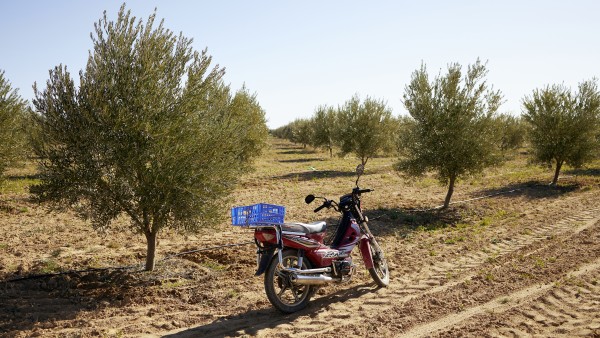
The olive plantations near the Sidi Saad reservoir are irrigated with water from the reservoir.
Lifeline for agriculture
SidiSaad is located in the KairouanGovernorate in central Tunisia. The capital of the region of the same name is a tourist destination; its old town and the ninth century mosque are part of UNESCO’s world heritage. Although the reservoir has noticeably improved the economic situation of the rural population, the area around Kairouan is still one of the very poor regions of Tunisia.
The SidiSaad has a capacity roughly equivalent to that of Edersee lake in the German state of Hesse and provides irrigation for 4,600 hectares. The government runs agricultural operations with 600 employees on slightly more than half of the irrigated farmland. The private land is shared by 440 farmers, 80 per cent of whom work less than five hectares.
A visit to the hamlet of El Khol, a collection of scattered small farms, shows how dependent the farmers are on water. In the rocky, dry, ochre-coloured hills, the irrigated lush green plots are striking. The small farmers grow potatoes and beans with small apricot trees in between. And, as in many parts of the country, olives grow here as well. Tunisia is one of the five largest olive oil exporters in the world. Irrigated olive trees, they say in El Khol, yield five times as much as non-irrigated ones. Together with five other villages in central Tunisia, El Khol is part of a project to improve the situation of the rural population. KfW provided twelve of the 17 million euros that the project costs from German Federal Government funds. These are being used to rehabilitate the small water storage tanks in the villages, which are only fed by rain, pave roads, and reforest areas. But money is also channelled into schools and health stations.
Video: KfW is supporting Tunisia in various projects on behalf of the German Federal Government (KfW Group/Christian Chua and Thomas Schuch).
The Tahadi women’s cooperative, which processes agricultural products, also benefits from the Sidi Saad water. Their spokeswoman, Najoua Dhiflaoui, explains the most important products: olive oil, olive pomace (it is sent to Scandinavia as heating material), rosemary powder and most importantly: harissa. The spicy red paste made from dried chilies and olive oil marketed under the brand name “Errim” (small gazelle) is Tahadi’s most well-known product. The cooperative supplies 80 shops in Tunis alone. Jars with Errim harissa can even be found in some European vendors' product ranges. The women would like to further expand their sales market, “we would like more support for exports,” says Dhiflaoui.
Rural women from the Kairouan Governorate formed the agricultural cooperative in 2013. “The beginning was a bit rocky,” says Dhiflaoui, “today the women have more confidence in the project.” 164 women belong to the cooperative. The cooperative has enabled them to earn their own money in a region with a female unemployment rate of 35 per cent.
Thanks to irrigation from the Sidi Saad reservoir, a small farmer in the Kairouan region has an average annual income of the equivalent of 8,000 euros This means that he earns more than a fisherman who makes 6,000 euros. Fisherman? In Kairouan? In fact, a fish farm has been set up in the reservoir. 110 men can make a living from fishing, says Moruf Chatbouri, chairman of the Sidi Saad fishermen’s association. Before they changed jobs, some of them worked as day labourers, he says. Last year they fished 520 tonnes of fish out of the lake: carp, perch and above all barbel. The fish are sold at the markets of Tunis, Sfax and Sousse, which are two to three hours away by car.
Raising the dam will improve the material situation of poor people in the Kairouan region. Fisherman Chatbouri, smiling slightly, makes a simple calculation for his guild: “More water means more fish.”
The described project contributes to the following United Nationsʼ Sustainable Development Goals
Goal 1: End poverty in all its forms everywhere
Around eleven per cent of the worldʼs population lives in extreme poverty. In 2015 that figure was around 836 million people. They had to live on less than USD 1.25 a day. The global community has set out to end extreme poverty completely by 2030.

All United Nations member states adopted the 2030 Agenda in 2015. At its heart is a list of 17 goals for sustainable development, known as the Sustainable Development Goals (SDGs). Our world should become a place where people are able to live in peace with each other in ways that are ecologically compatible, socially just, and economically effective.
Published on KfW Stories: 16 March 2020.

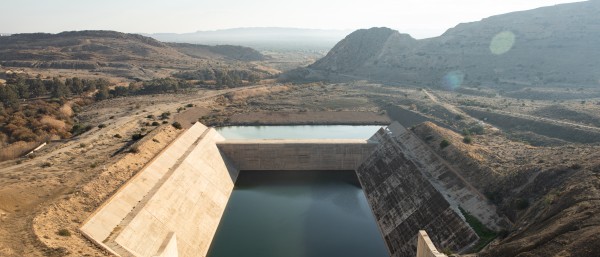
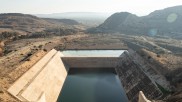
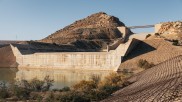
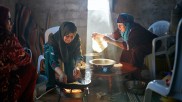
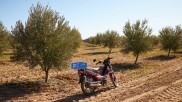
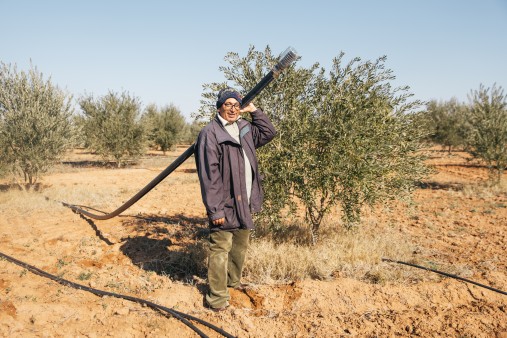
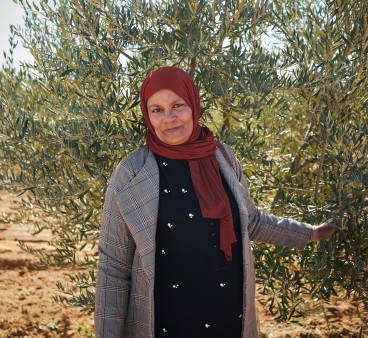
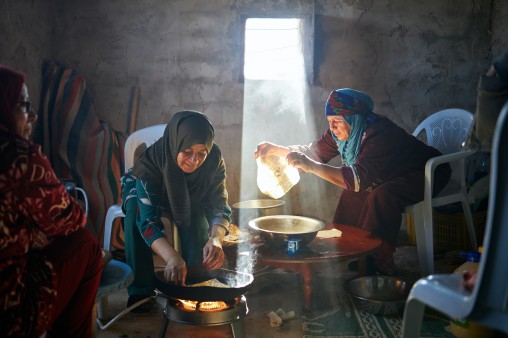
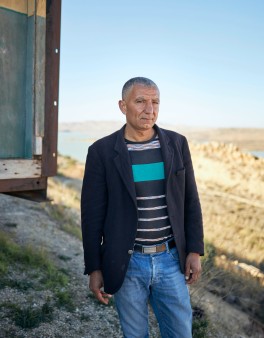




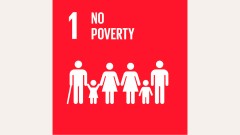
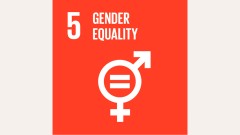
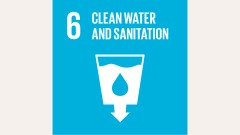
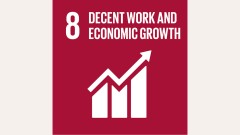
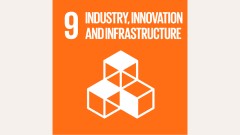
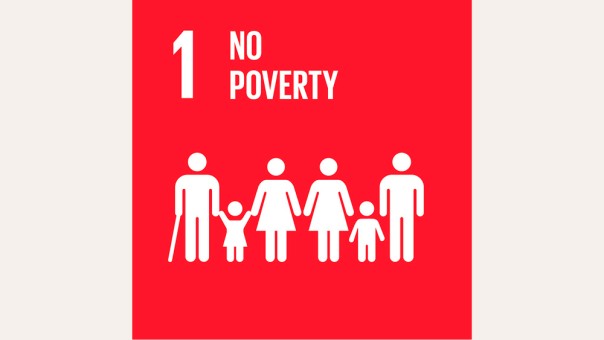
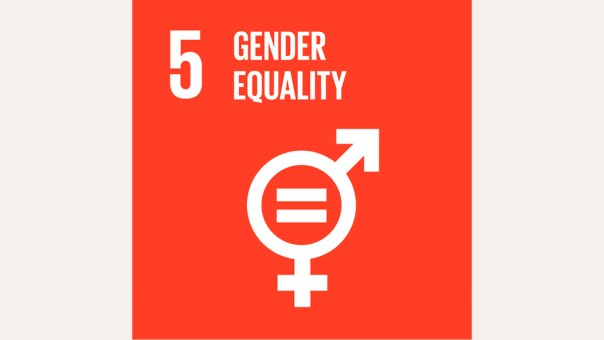
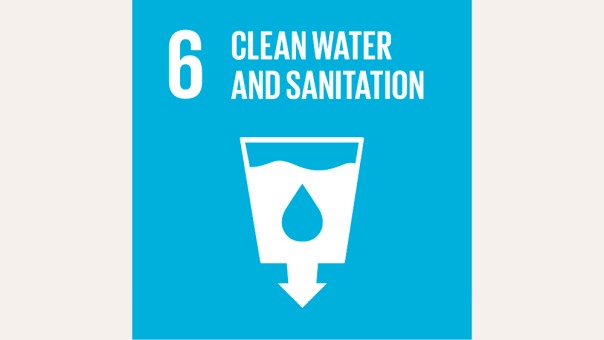
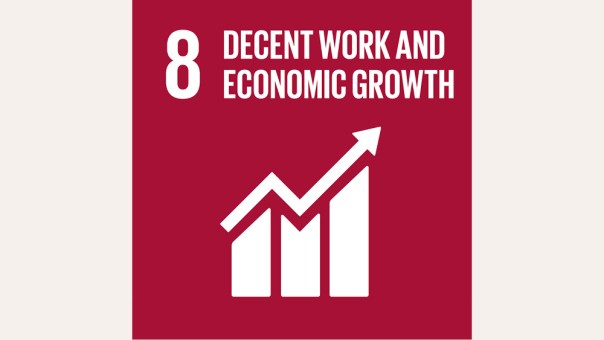
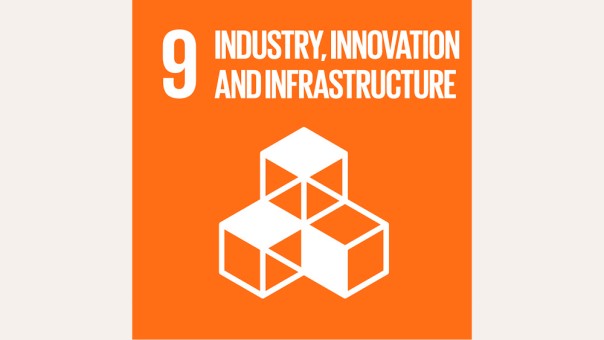
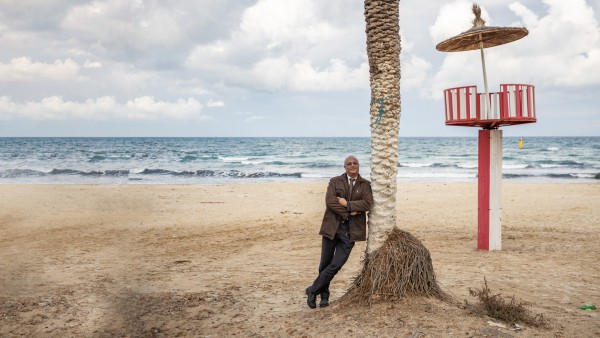
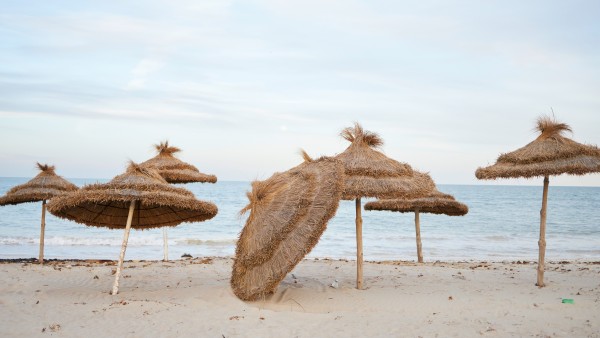
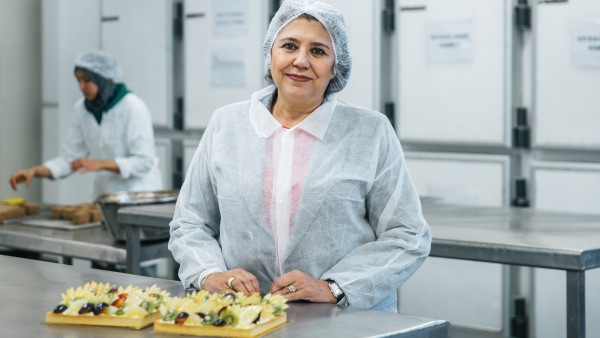
Data protection principles
If you click on one of the following icons, your data will be sent to the corresponding social network.
Privacy information